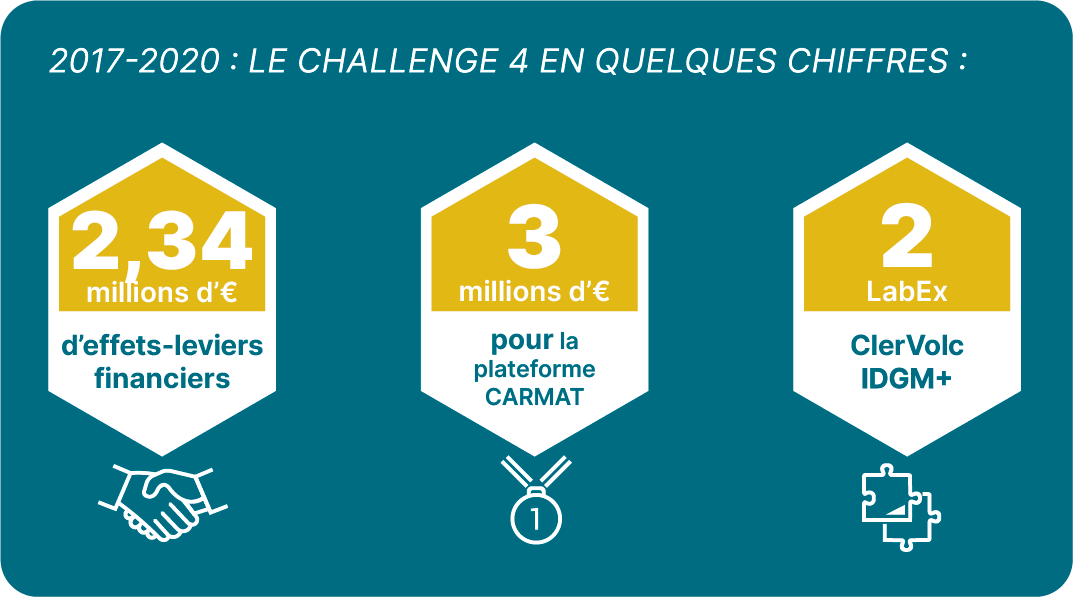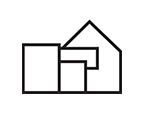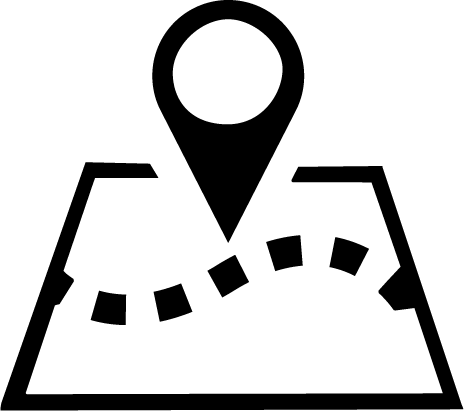International Research Center of Disaster Science and Sustainable Development
Objective: study of the complex interactions between societies and natural disasters, in particular volcanic risks in developing countries and the path between research and political decision-making
CIR 4 call for projects 2019
Objective: Following on from the 2017 and 2018 calls for projects, the third Challenge 4 call for projects is part of a scientific issue linked to the reduction of disasters generated by a natural hazard, particularly in developing and emerging countries.
This call for projects closed on May 16, 2019.
The objectives of the CIR 4 :
Disaster risk management requires an analysis of
causal factors as well as the
vulnerability of the environments under consideration. In the particular context of developing countries, vulnerabilities are multidimensional and highly impacted by choices made in the socio-economic and political spheres.
Building on its recognized expertise in the study of volcanic hazards and economic vulnerability, CIR 4 is developing an
original and integrative approach to disaster risk reduction. This approach brings together a range of players and skills from the Earth Sciences, Mathematics and the Humanities and Social Sciences, to address issues linked to the quantitative assessment of natural hazards, the characterization of socio-economic vulnerabilities and the development of risk mitigation strategies and resilience capacity for stakeholders.
Two LabExs are involved in the research work carried out within CIR 4, illustrating the multimodal innovation method specific to CAP 20-25:
- LabEx ClerVolc', specializing in volcanic processes, risks and disasters;
- LabEx IDGM+, specializing in the design of new international development policies.
The overall ambition is to place Clermont-Ferrand at the forefront of research into reducing the risks associated with natural disasters (in particular volcanic episodes) that impede sustainable development, particularly in developing countries.
A world-class center for capacity building and research in disaster risk reduction, the International Research Center of Disaster science and sustainable Development (IRC2D), has been set up in Clermont-Ferrand. This innovative center will develop and coordinate research and outreach activities with the following objectives: (I) to produce and disseminate multidisciplinary research on disaster risk reduction, (II) to contribute to the development of disaster risk reduction capacity, and (III) to facilitate the exchange of knowledge between academic researchers, policy-makers and other stakeholders.
Ultimately, IRC2D will be recognized as a leading European center for capacity building and research in volcanic risk reduction, and more broadly as a key player in disaster risk reduction.
STEERING COMMITTEE
Chairman: Olivier Roche
- Denis Andrault
- Nourddine Azzaoui
- Simone Bertoli
- Magali Brière
- Sophie Chiari
- Jean-Claude Croizet
- Vianney Dequiedt
- Samuel Guerineau
- Tahar Hammouda
- Didier Laporte
- Fanny Platelle
- Evan Raschel
- Alfons Schwarzenboeck
- Erwan Thébault










